
Today, the scope of CG work has become much broader.
A CG artist is primarily a person who creates computer graphics (CG), but the term CG simply includes both 2DCG and 3DCG.
The work of CG artists is too diverse to be described in a few words, as there are many different tasks involved in both types of CG production.
This article summarizes the types of work that CG artists do, what they do, and what to call the artists who specialize in each job.
It doesn't hurt to know!
- Summary of the work of game CG artists and what they are called
- 2DCG and 3DCG work are different, but the boundaries can be blurred
- Not only games, 3DCG work can be found in many different fields
- Is there a difference between a CG designer, a CG artist and a CG creator?
- Summary: There are many ways to describe the work of a CG artist
- Extra: 3DCG Artist work history of Toha
Summary of the work of game CG artists and what they are called
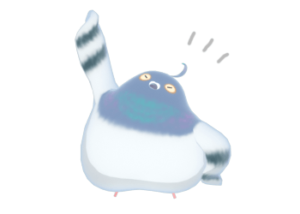
The following diagram shows what CG artists do in game development and what artists who specialize in this work are called. I have tried to make it as easy to understand as possible, but what do you think?
I have chosen to call professional artists what I think would generally go by. It's the kind of term you might find on a company's artist job page.
The reason I write (almost) in 2DCG is that concept art and character design can be done with analog drawings. These are not to be used in the game as is, so they do not need to be CG data.
In contrast, illustrations and other items displayed in games must be in the form of data to be used in games, so most of them are inevitably computer graphics.
The work of a CG artist is often divided among large game companies.
A modeler is a "specialist" who specializes in their work: a modeler only does modeling, a rigger only does rigging, and so on.
However, the classification varies from company to company, so sometimes the modeler also does the setup, and sometimes the motion artist creates the rig.
On the other hand, relatively small companies often do not have a division of labor.
In such cases, the CG artist is responsible for drawing concepts, character design, UI creation, model creation, rig creation, and motion creation all by himself or herself.
People who do not specialize in one job but work on various jobs in CG production are called "generalists".
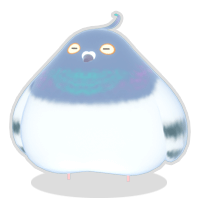
I don't see a lot of "generalists" wanted.
I will write a brief explanation of the terms used in the summary chart.
2DCG and 3DCG work are different, but the boundaries can be blurred
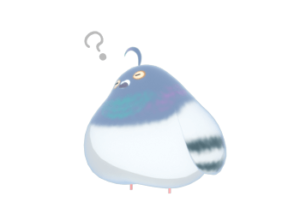
Now, there are two main types of CG: 2DCG and 3DCG.
Generally speaking, the term CG often refers to 3DCG, but some people refer to 2DCG, which can be complicated.
What is 2DCG?
...digitally drawn 2D graphics using tools such as Photoshop and Illustrator.
What is 3DCG?
...3D graphics with three-dimensional representations created with software such as Maya and Blander.
Since the two-dimensional and three-dimensional pieces are quite different, they are made in quite different ways.
Since Toha believes that there is a clear difference between a 2DCG artist and a 3DCG artist, we generally use the term "3DCG artist" in this blog.
However, 3DCG artists also draw 2DCG called textures.
Some 2DCG artists use 3D models to create guide before drawing.
Although 2DCG and 3DCG work are different, the boundaries of the work are not sharply divided.
There is a clear difference between 2DCG and 3DCG in terms of what we want to create in the end, but we do both types of work.
Not only games, 3DCG work can be found in many different fields
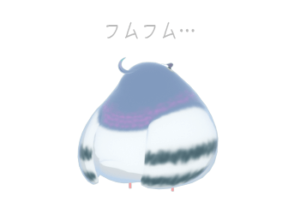
So if we limit ourselves to 3DCG artists, what does their job entail?
The diagram that Toha has compiled shows only game-related jobs, but in fact, there are many 3DCG jobs outside of games. Here are some examples of non-game-related work.
- Visual effects: VFX (live-action compositing)
- Video-related: Full 3DCG video, animation using 3DCG
- Figure: Digital prototype
- Product design-related: architecture, interior design, toys, cars, etc.
- VR (virtual reality), AR (augmented reality), MR (mixed reality) systems
These are all in the category of 3DCG, but the 3DCG produced in each of them is completely different.
First of all, they all have a very large number of polygons compared to game 3DCG.
Here is a summary of the differences between each type of 3DCG, focusing on the number of polygons.
| Each 3DCG in terms of polygon count difference in... | |
| Game | There are many restrictions due to game capacity and processing speed issues, and the polygon count limitation is a typical example. With the improvement of hardware specs, it is now possible to handle relatively high poly models. |
| Video | There is no need to worry about capacity or processing speed, and more importantly, the quality must be delicate and high enough to withstand camera close-ups. As a result, the polygon count is high. |
| Digital Figure | To create figure details and to make the surface smooth enough for three-dimensional output, polygons are very detailed and numerous. |
| Product Design | Surface modeling is often used instead of polygon modeling. If surfaces are converted to polygons, then many polygons are needed to maintain a smooth surface. (*There is no concept of polygon count in surface modeling.) |
| VR, AR, MR | The 3DCG used for VRChat, etc. is similar to game 3DCG due to polygon count limitations and other factors. |
In addition, there are many other differences, such as the division of labor between model and texture production in the video industry, and the need to consider the thickness and partitioning position of the parts when outputting digital prototypes.
This means that the job description for 3DCG artists varies again from field to field.
However, despite the differences, it is still the same 3DCG. You can switch from the game field to the video field, or try your hand at product design or digital figure.
*Polygons are explained in detail in this article. Please read it if you like~.
Is there a difference between a CG designer, a CG artist and a CG creator?
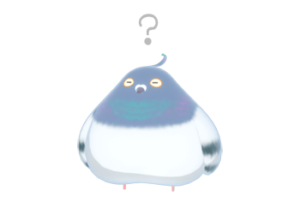
We have been using the term "CG artist" all this time, but look at this figure again.
The terminology used for each of them is not fixed, such as xx designers or xx artists. We chose the most commonly used terms and summarized them as follows.
Although not shown in the diagram, the world also calls them xx creators, which makes it even more complicated.
What is the difference between a designer, an artist and a creator? Don't you have a question?
Strictly speaking, there are differences. Toha's interpretation of the essential difference between them is as follows.
- Artist
...An artist. A person who pursues what he/she wants to express, not for someone else. - Designer
...Commercial craftsman. A person whose job is to make something that satisfies someone else.
Creator is a general term for people who make things, and I think both artists and designers fall under this category.
However, it appears that the terminology is not based on this difference.
From Toha's interpretation, it is rather strange to call the person who makes the rig a "rigging artist". (Because rigs are designed and built for motion creators.)
I think the terminology has probably become more common as it has become more appropriate - so frankly speaking, I don't care what you call it, as long as it gets the message across.
But you should know what each of the artist/designer words mean.
This is because creating something that satisfies someone else is the essence of the job of a designer.
I found a person who gave his interpretation of the difference between a designer, an artist, and a creator. This person seems to be a web creator, but his detailed analysis is interesting.
----------
By the way, the Japanese image of "CG designer" in English is "CG Artist".
In English-speaking countries, the word "designer" has a strong connotation of "designer," which is different from the image of a designer that the Japanese are familiar with.
If the Japanese want to say in English that you are a "CG Designer", it is better to call yourself a "CG Artist" - it is really complicated.
Summary: There are many ways to describe the work of a CG artist
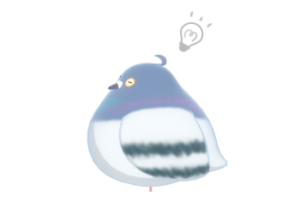
This article summarizes, to the best of Toha's knowledge, what CG artists do and how to call the artists who do the work.
The work of a CG artist in game development and how it is called was like this in the diagram.
Then, when limited to 3DCG, these were some of the non-game jobs.
- Visual effects: VFX (live-action compositing)
- Video-related: Full 3DCG video, animation using 3DCG
- Figure: Digital prototype
- Product design-related: architecture, interior design, toys, cars, etc.
- VR (virtual reality), AR (augmented reality), MR (mixed reality) systems
There are many differences in the 3DCG produced in each field.
However, the essence of the artist is a commercial craftsman, whose job is to create something that will satisfy someone. Even though the fields are different, this is the same.
Depending on the difference in what they create, they are called 2DCG artists, 3DCG artists, character modelers, background modelers, and so on.
*If you want to become a character modeler, please read this article as well.
Extra: 3DCG Artist work history of Toha
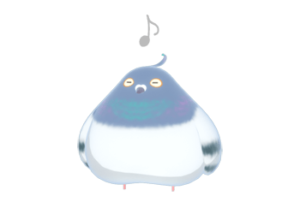
Incidentally, Toha considers myself a 3DCG artist.
I have worked as a character modeler for the longest time, but in terms of a summary of my work, I have experience in everything from concept art to writing. (except illustration.)
It's not that he wanted to be a generalist or anything, but because the company he used to work for was what you would call a small-scale game company.
Later, I moved on to a third company, a subcontractor for 3DCG content production, where I was in charge of character models for a long time.
There, I had the opportunity to work on digital prototypes of figures, and although they were only samples and not products, I also output the prototype data to a 3D printer and assembled them.
Fortunately, I have a lot of work experience, so I think it is more appropriate to call myself a "3DCG artist".
I wrote In another article, Game Work - 3DCG Artist Work Differs Between Development Companies & Subcontractors
This article compares and summarizes the differences between the actual work Toha did for a "game development company" and a "3DCG production subcontractor". If you are interested, please read it.

There are many different jobs for a 3DCG artist.

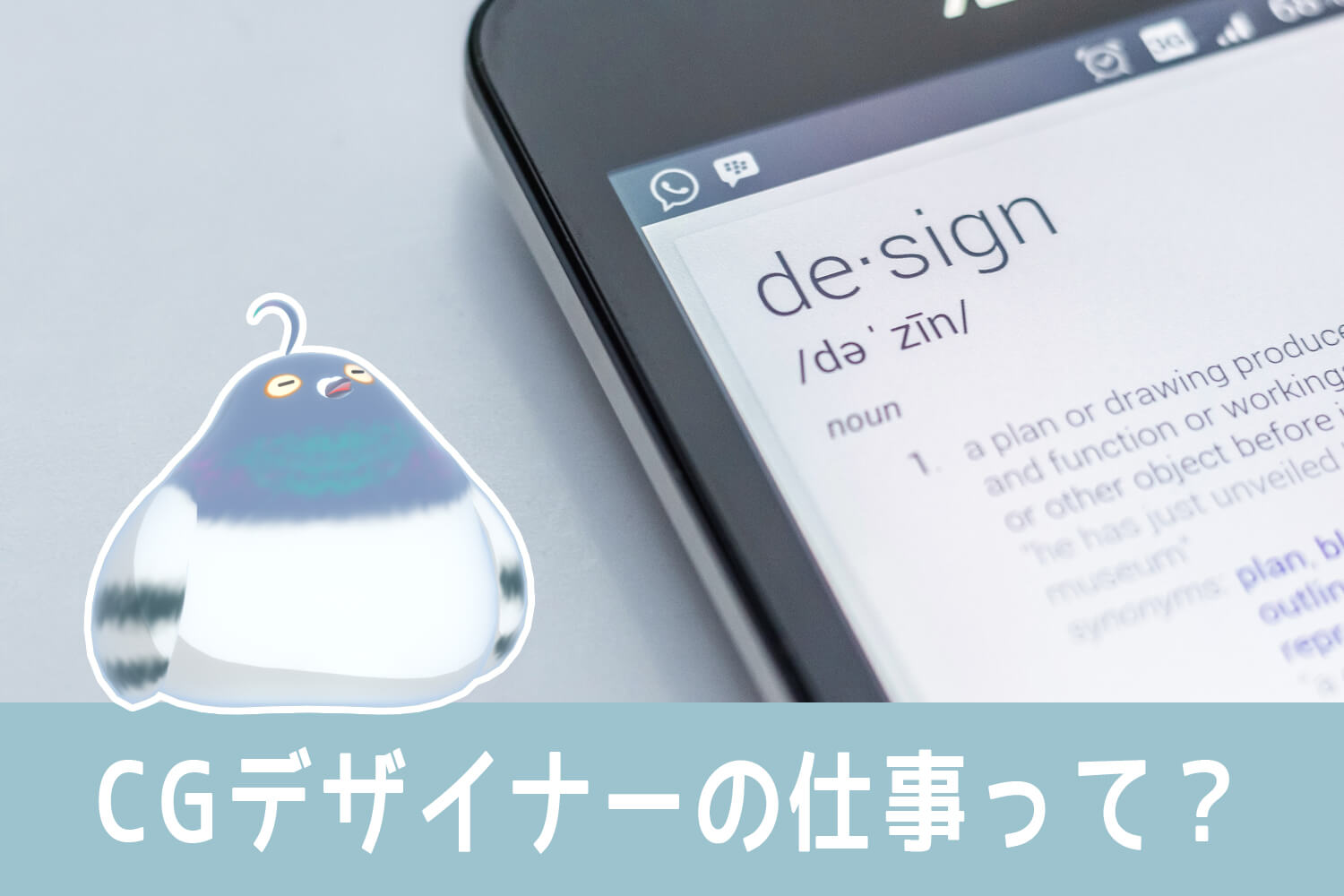
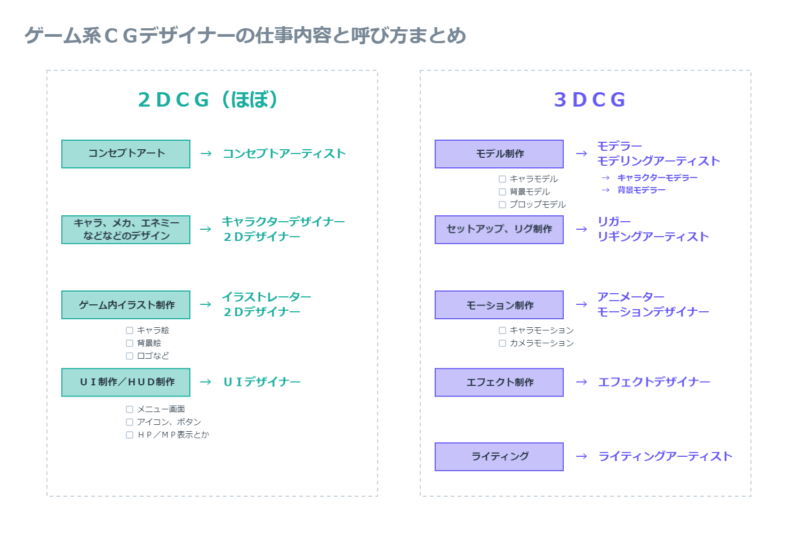
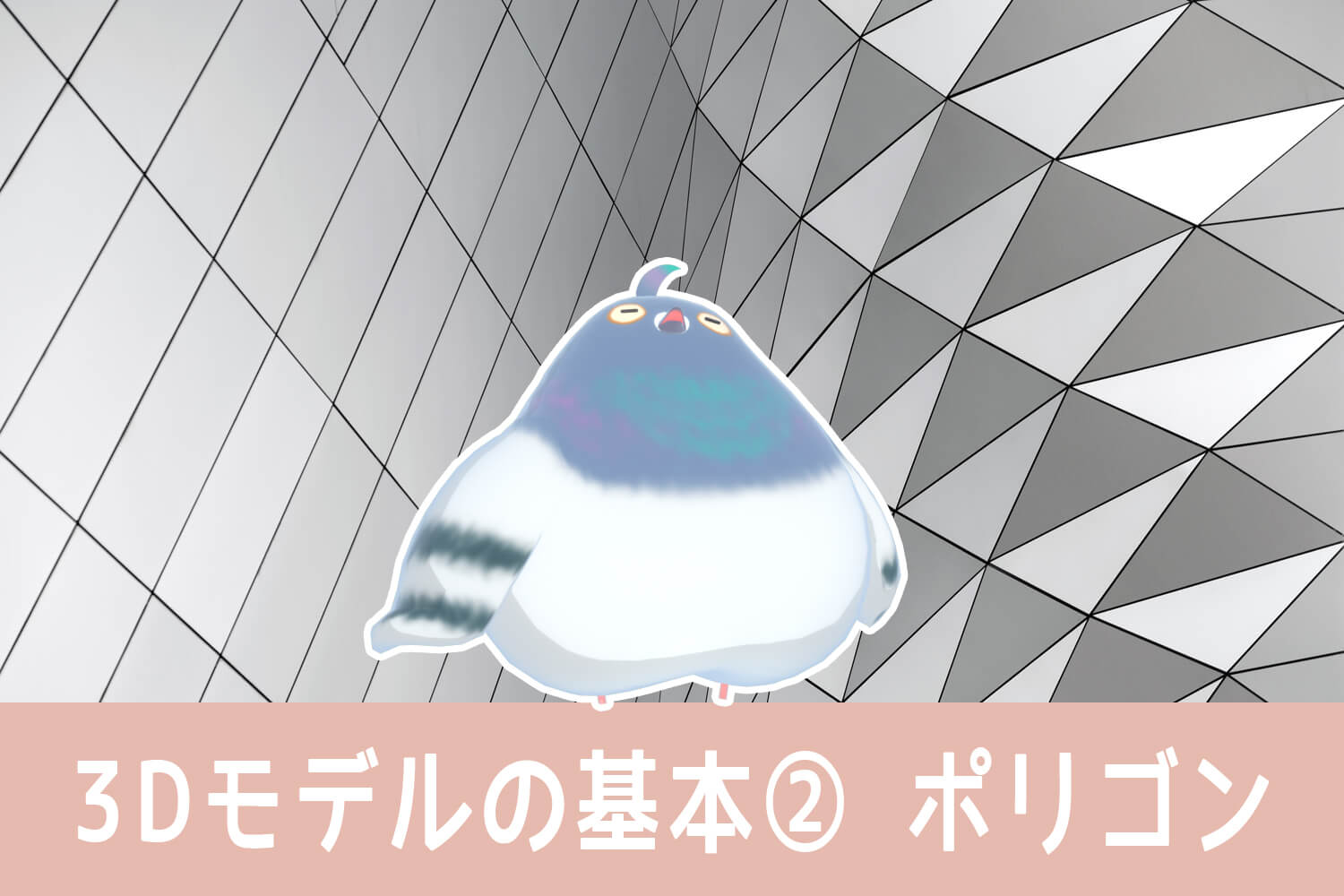

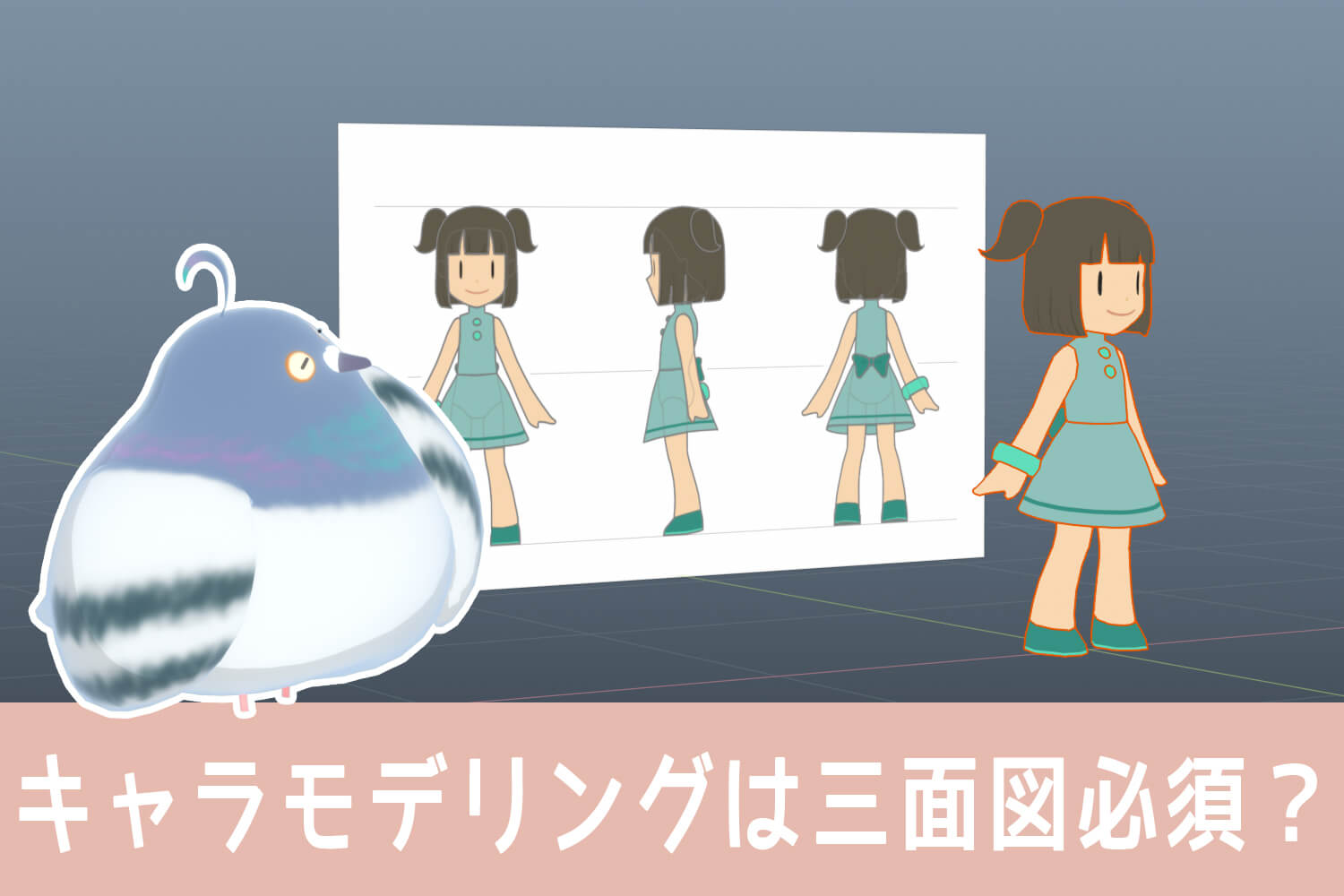
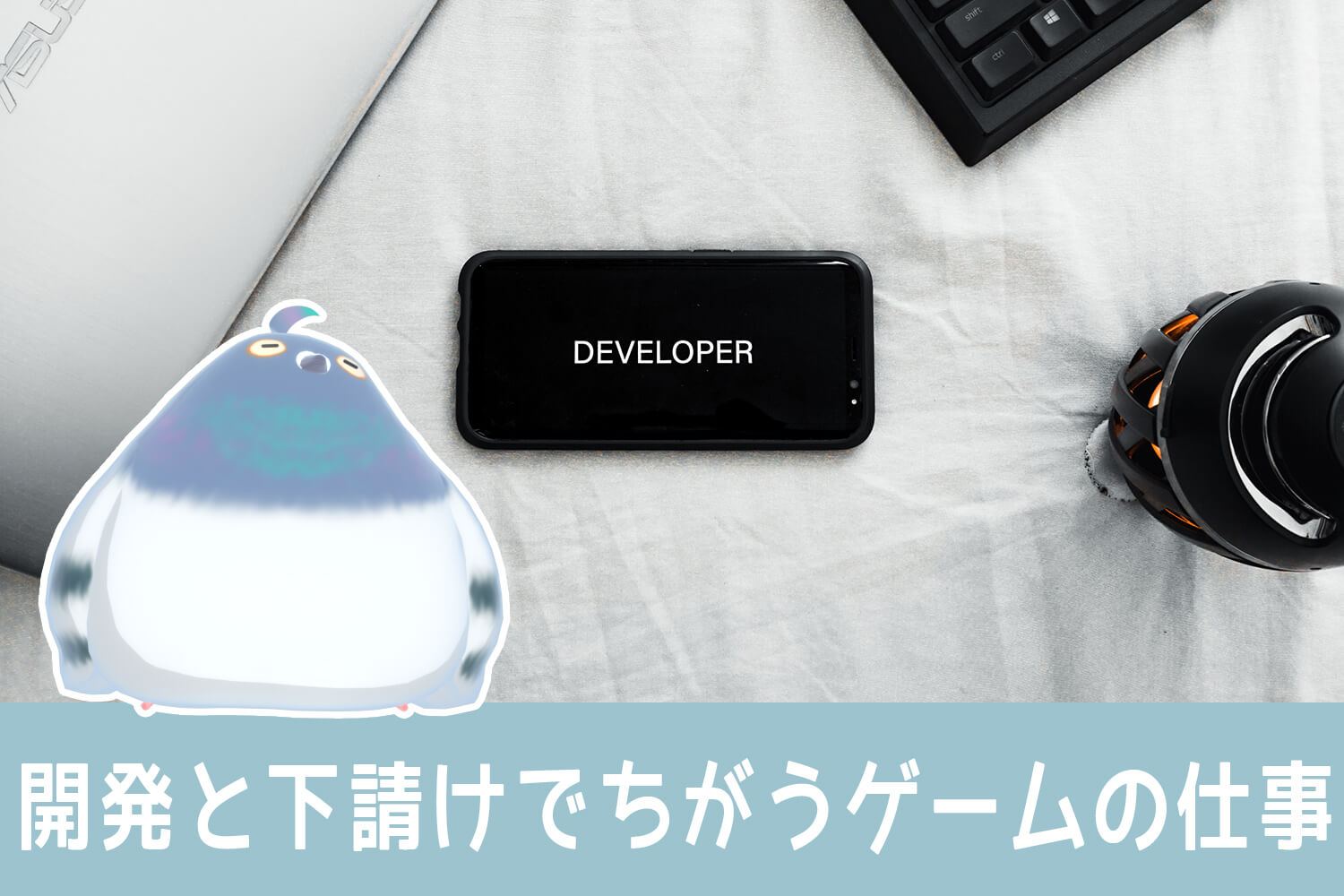

List of comments